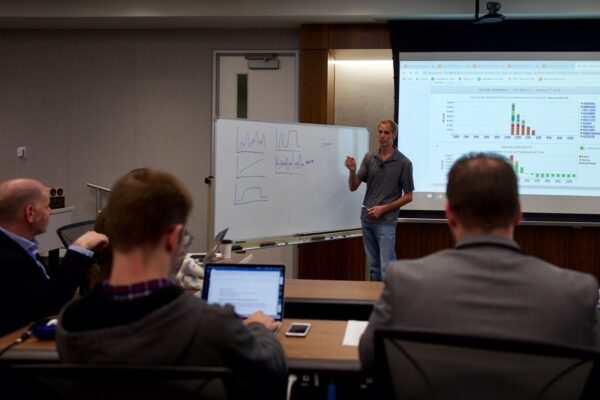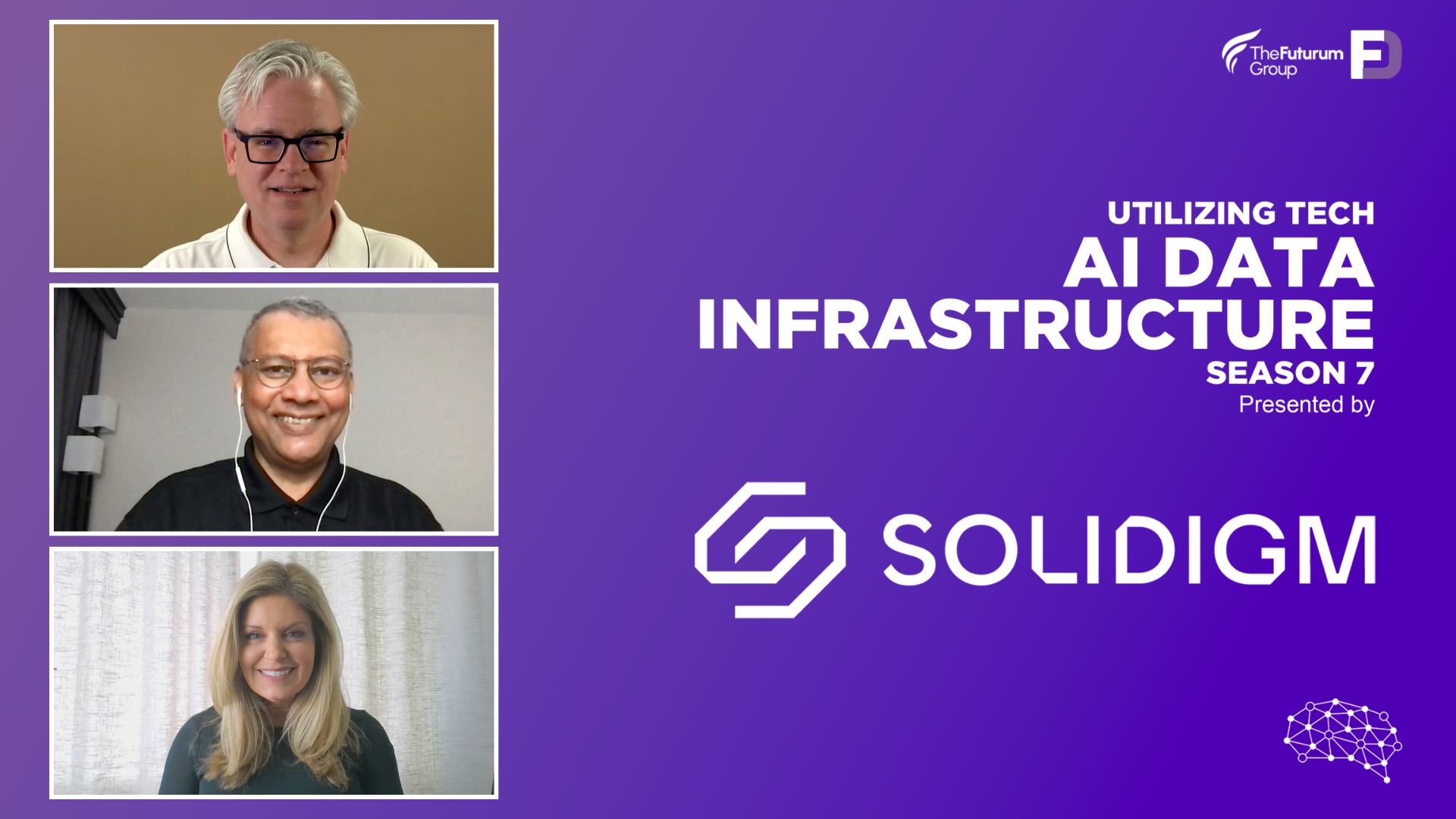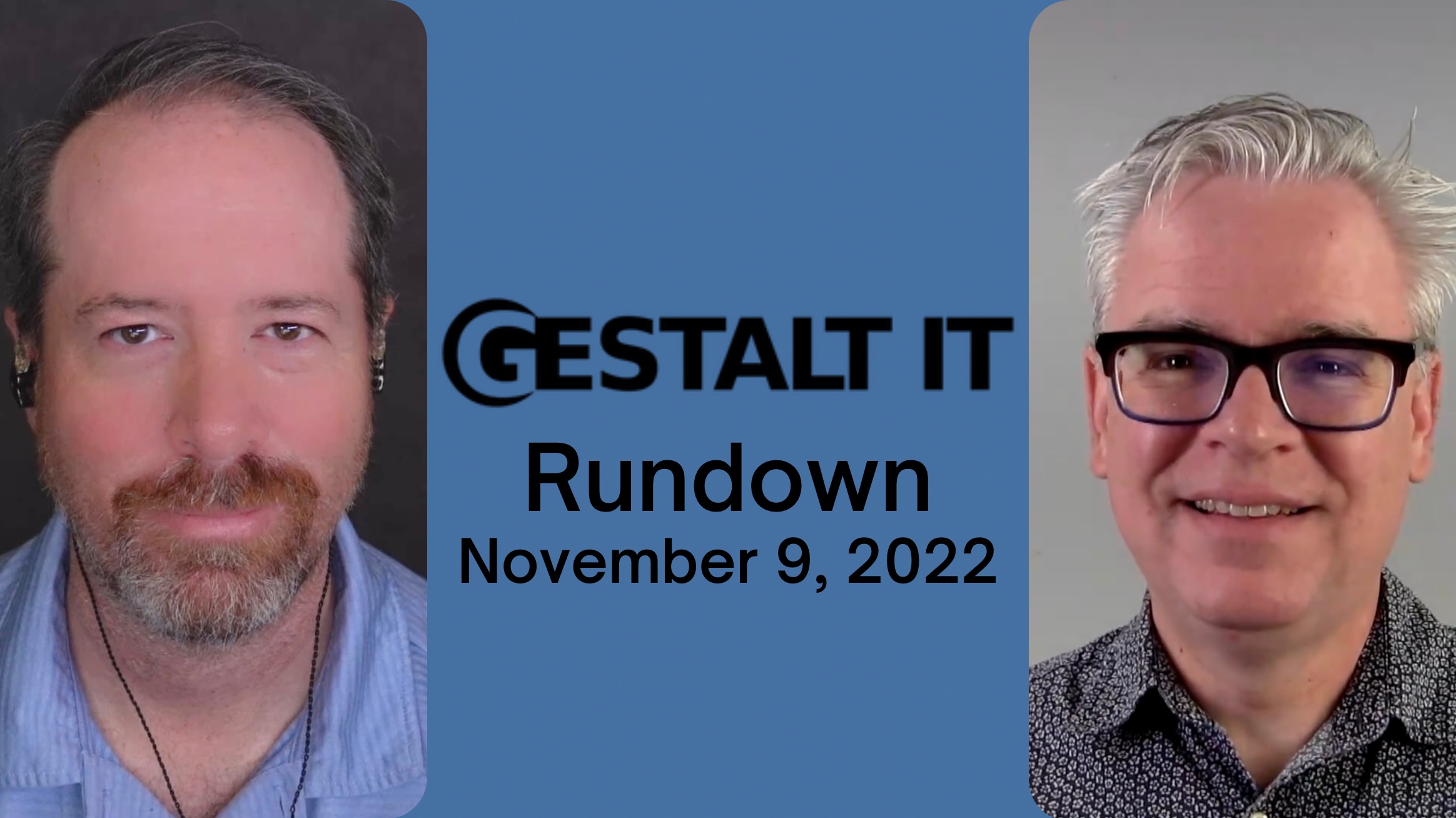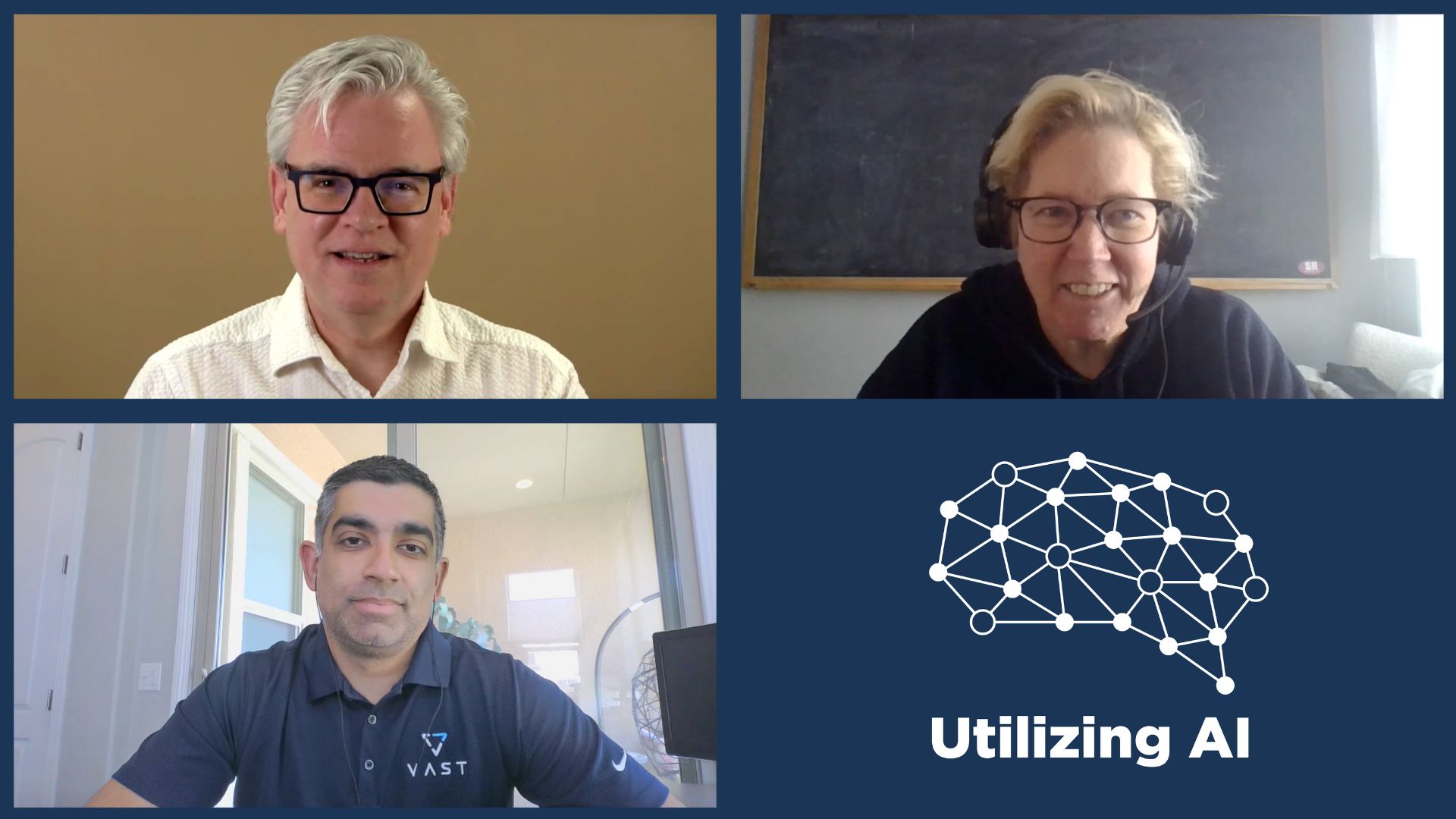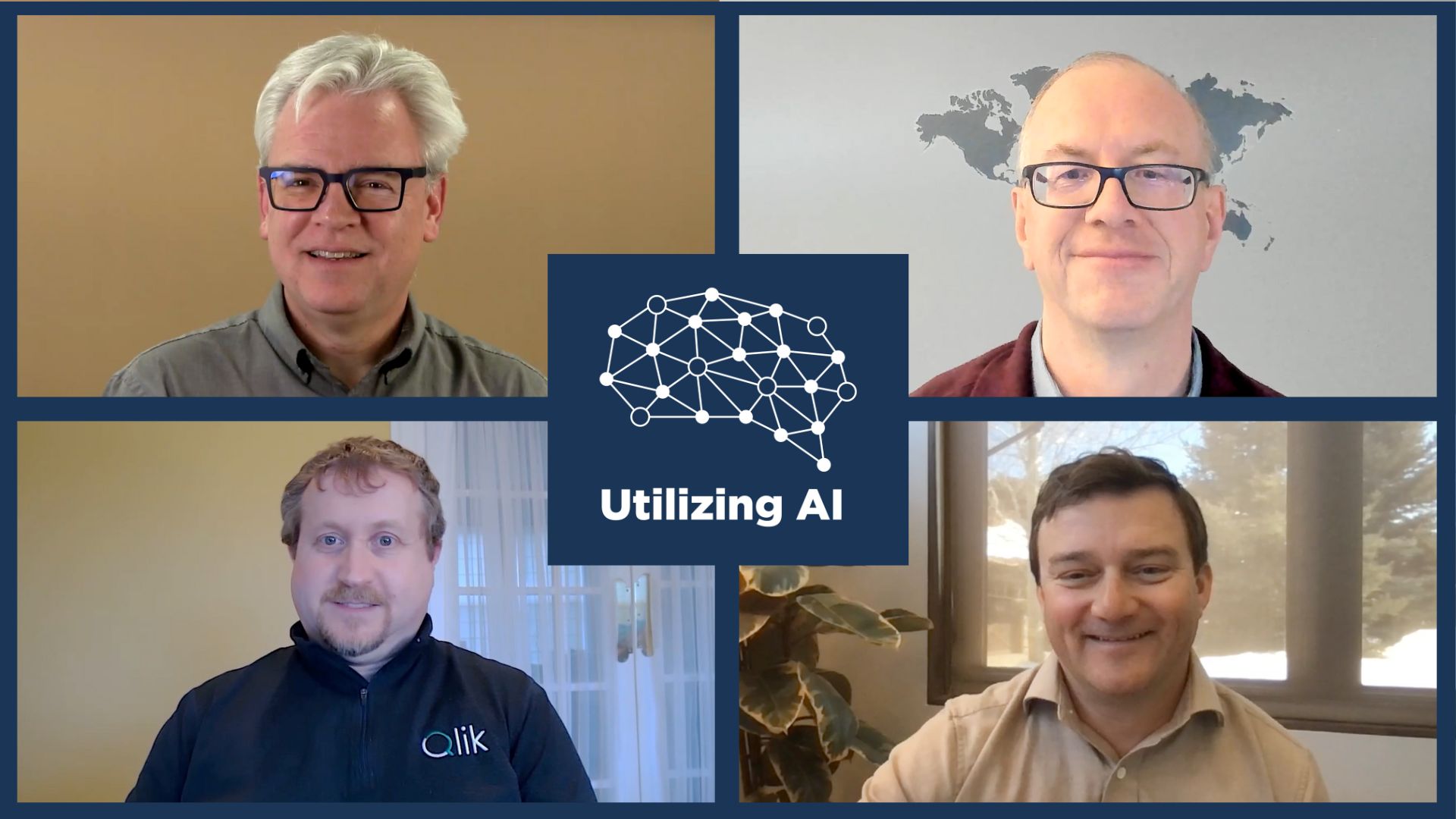Everyone has a story to tell, and if you’re willing to listen, you just might learn something! The same is true when it comes to business associates; even companies ought to have a defining story. In addition to listening and watching, it’s also important to know the right questions to ask. Questions, context, and analysis turn information to data and transform data into a story.
SolarWinds aims to tell users a story by taking a holistic approach to data, pulling narrative from across the enterprise and presenting information in a consolidated manner. SolarWinds solutions address configuration monitoring, observation of metrics, traces, and logs, and use machine learning to detect abnormalities. In addition, the solutions gain insight into the network through a security lens, bringing an extra dimension of analysis and predictive modeling. While all this data and information is critical, the question is whether it provides a cohesive story.
Does the “Story” Have End-Users in Mind?
With so many managed devices across a typical network, it’s important to simplify the configuration process, as well as to identify baselines and continually monitor for adherence. SolarWinds’ solutions improve configuration consistency, help to minimize human error, and monitor network performance. The solutions can detect and call out lines of text that are added, then quickly alert users. While this technology is broadly applicable and presents a straight-forward solution, current market demands, based on particular hardware, have created the need for a deeper contextual analysis. We need to move beyond simple text comparison, to show users what has changed and help them understand how those changes affect end users.
SolarWinds Group Product Manager Chris O’Brien discusses Better Monitoring for Networks New and Old.
Recognizing that users cannot gain a complete narrative of the state of the network by only looking at logs, SolarWinds has zeroed in on an approach that uses logs, metrics, and tracing to reveal how applications are working on a single system as well as across the entire system. Through this approach, users can manage infrastructure, application performance, logs, web performance, and digital experience. It is also important to consider end user experience, such as how quickly a website is rendered and any endpoint issues, such as latency and downtime. While SolarWinds’ solutions have been developed for the server side, the need to gather narrative from the client side is key to creating a cohesive story.
Keith Kuchler, SolarWinds VP of Engineering discusses observability and when metrics, traces, and logs aren’t enough.
Is the Plot Well Defined?
For users to understand the story, they must be well-informed. SolarWinds uses machine learning to detect anomalies and determine how the anomalies affect database performance. When something goes wrong in your environment, key stakeholders rush to prove their piece of the network was not at fault. SolarWinds’ solutions enable you to narrow where an issue occurred versus where it did not occur. By running multiple algorithms in the background and monitoring how well predictions are matching defined targets, you can identify problem areas and swap existing algorithms for others as they become more accurate.
Thomas LaRock, Head Geek, and Karlo Zatylny, Distinguished Engineer at SolarWinds, discussed machine learning, anomaly detection, and Database Performance Analyzer.
Context also is important when attempting to address security concerns centering on Active Directory, SharePoint, and OneDrive. Often IT and Security Administrators do not know which groups or employees should have access to applications and data. With constant changes in roles, access rights, etc., it is easy to lose control and inadvertently set the stage for data breaches. To build foundational security, SolarWinds helps you manage rights across your environment by providing more visibility and enabling you to set up role-based data owners. These data owners can view and update specific areas of the network based on knowledge, ensuring access and permissions are kept current and minimizing potential breaches.
Stephen’s Stance
As discussed at Tech Field Day in February, SolarWinds is focused on digital transformation and how it affects business. The company develops out-of-the-box solutions that must work and are designed for and from the viewpoint of its users. By taking a holistic approach to data and presenting information in a straight-forward, consolidated manner, SolarWinds does a good job of delivering solutions that address key areas of importance. However, just as quickly as new technology is generated, the need for contextual relevance increases. Context adds value to data and helps tell the full story of an environment. What are the elements that help to define the plot: time frames, geography, changes to the environment (good or bad), intentions? Without providing models with answers to these questions, data will not be accurate or useful. Compare experiential learning to academic, or exponential, learning. The information gained through experience and reflection is pivotal for creating a cohesive story and arriving at a resolution. Once you have the whole story, you can share it with others and let them inform the narrative for future sequels.

